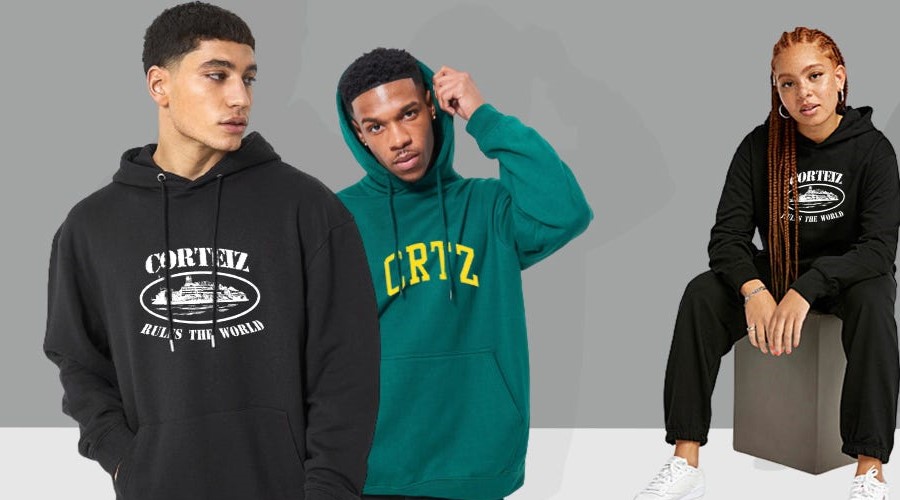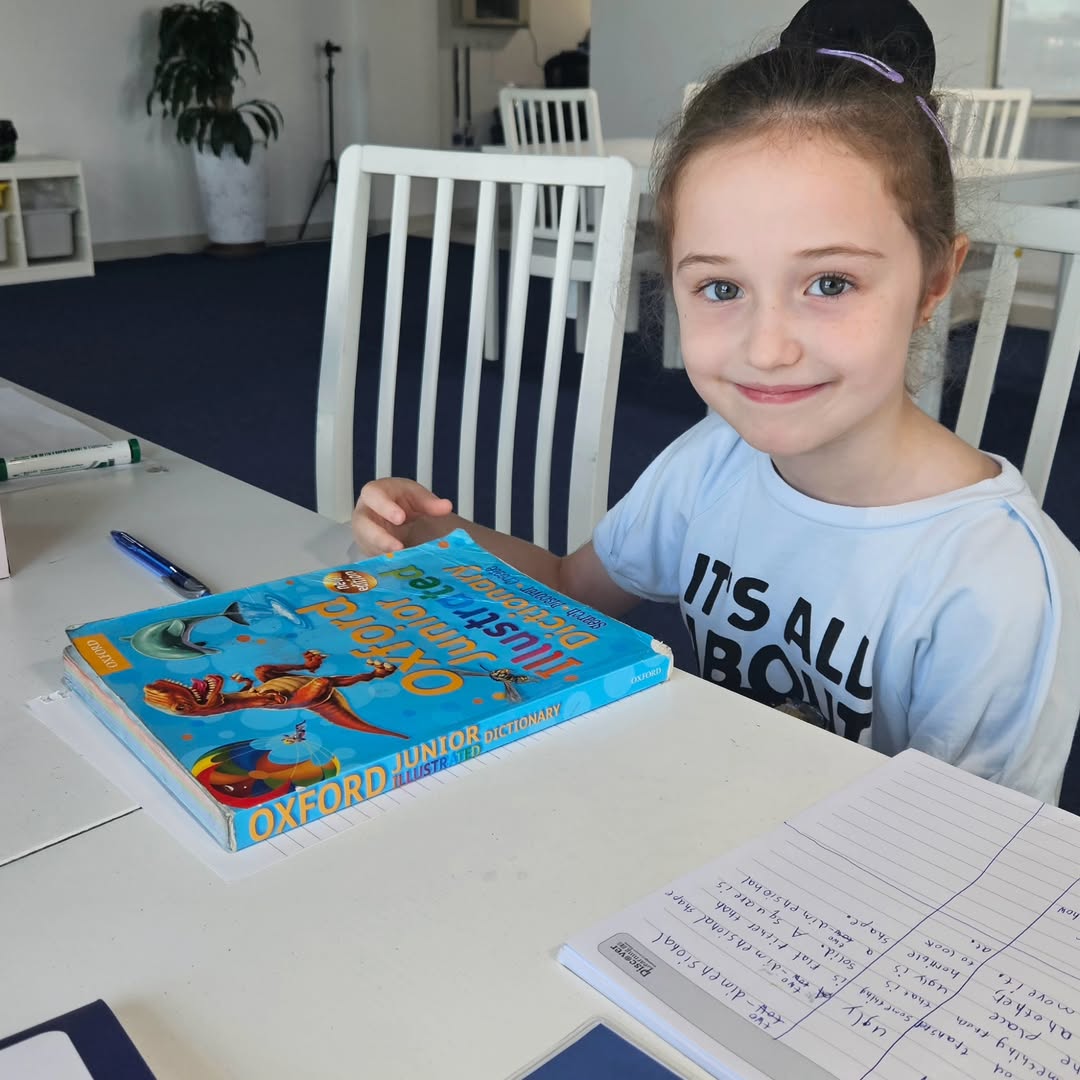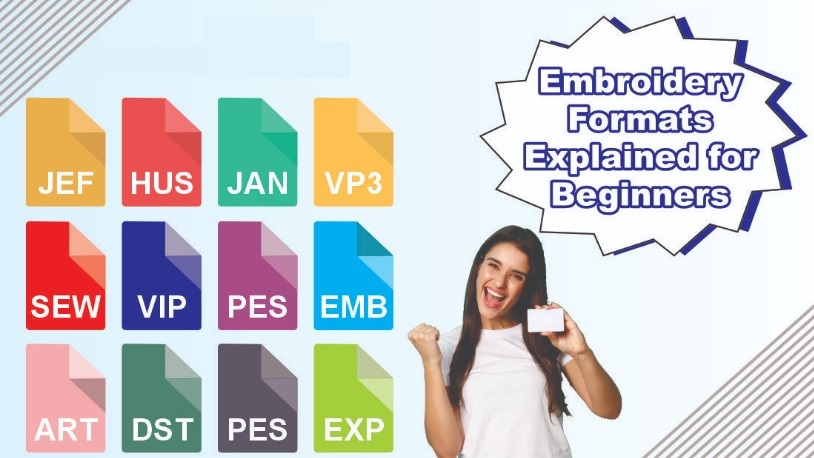When building your brand through embroidery—whether it’s on uniforms, hats, or promotional gear—the smallest details matter. And one of the most important technical decisions you’ll make is choosing the right embroidery file format. Use the wrong format, and your design won’t stitch correctly (or won’t load at all).
That’s why understanding embroidery file format compatibility is crucial—not just for smooth production but for professional-looking results that reflect your brand’s quality.
Want a hassle-free way to convert your logo into the correct embroidery format? Try Digitizing Buddy for fast, accurate, and machine-ready embroidery digitizing services in any format you need—PES, DST, EXP, and more.
Let’s dive into how to choose the right file format for your brand’s embroidery needs—and how to avoid common mistakes that cost time and money.
What Are Embroidery File Formats?
Embroidery file formats are machine-readable instructions that tell your embroidery machine how to stitch a design. Unlike standard images (JPG, PNG), embroidery files contain:
- Stitch directions
- Stitch types (satin, fill, running)
- Thread colors
- Stitch sequencing
- Hoop dimensions
Each embroidery machine brand supports specific formats. You can’t simply upload a PNG file to your machine—it must be converted into the correct embroidery file format first.
Common Embroidery File Formats (And What Machines Use Them)
| File Format | Used By | Details |
| PES | Brother, Babylock, Bernina | Popular format for home embroidery machines |
| DST | Tajima, commercial machines | Widely used in industrial embroidery |
| EXP | Melco, Bernina | Precise format with small file size |
| JEF | Janome | Used in many entry-level and mid-range machines |
| VP3 / VIP | Husqvarna, Pfaff | Rich color and stitch data support |
| XXX | Singer | Basic format for older Singer models |
Tip: When in doubt, check your embroidery machine’s manual for supported formats—or ask your digitizer for guidance.
Why File Format Compatibility Matters for Your Brand
If you’re outsourcing embroidery or selling custom merch, using the wrong format can result in:
- Garbled or missing stitches
- Distorted logos
- Color misalignment
- Wasted production time
- Higher costs due to redigitizing
Every brand wants consistency—and embroidery file format compatibility is a big part of quality control.
Consistency in branding = consistency in stitching.
How to Get the Right Format for Your Embroidery Machine
You typically have two options:
1. Use a Professional Digitizing Service
A digitizer takes your artwork and creates a file specifically optimized for your machine.
With Digitizing Buddy, for example, you can request:
- Any machine format (PES, DST, EXP, etc.)
- Specific sizing and placement
- Edits for different fabrics (hats, jackets, polos)
2. Use Digitizing Software Yourself
If you’re more hands-on, you can use software like:
- Wilcom Hatch
- Embird
- SewArt
- Brother PE-Design
These programs allow you to save/export designs in various formats—but the learning curve is steep.
DIY digitizing without knowledge of stitch logic often results in low-quality designs that don’t translate well to fabric.
Converting Between Embroidery Formats
Sometimes, you may need to convert a file from one format to another (e.g., from DST to PES).
You can use:
- Wilcom Truesizer (Free) – Great for basic conversions
- Embird Format Converter
- Ink/Stitch (open-source option)
But beware: Converting a file doesn’t always preserve:
- Thread colors
- Stitch sequences
- Density and underlay settings
For accurate conversions, it’s better to have the file redigitized or use a service like Digitizing Buddy that provides multi-format delivery.
How to Know What Format Your Brand Needs
If you’re working with multiple vendors, always ask:
- What machine will be used?
- What file format is required?
- Do they need a resized version?
Example Scenarios:
- E-commerce T-Shirt Brand: Use DST format for commercial mass production.
- Small Boutique Business: Use PES for in-house embroidery with a Brother machine.
- Corporate Apparel Vendor: Provide both DST and PDF preview for approvals and versatility.





